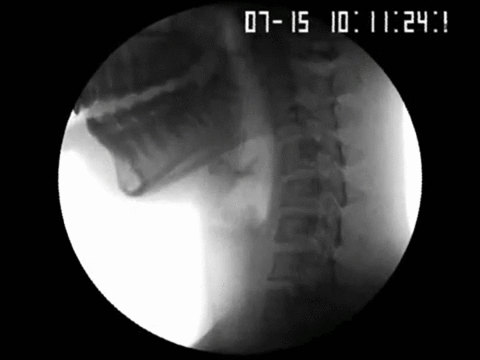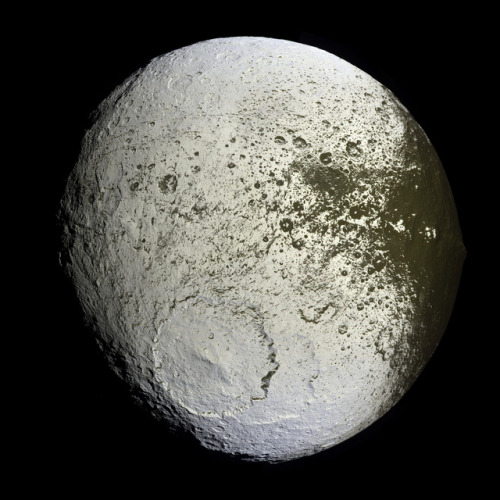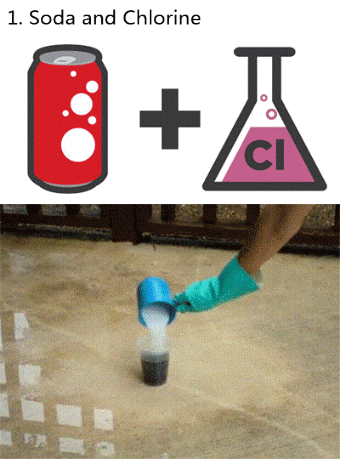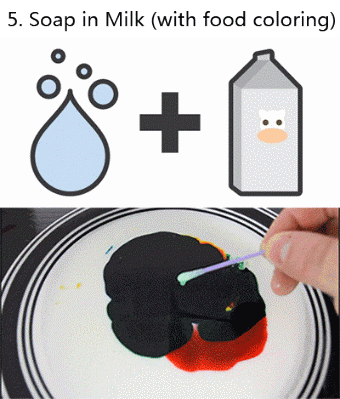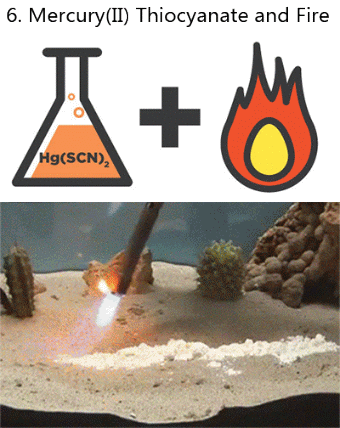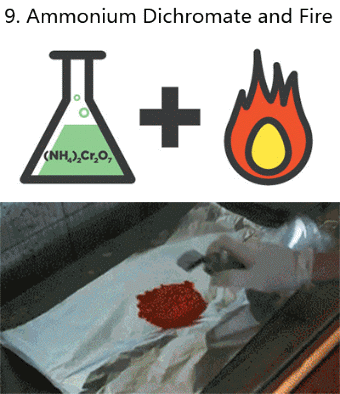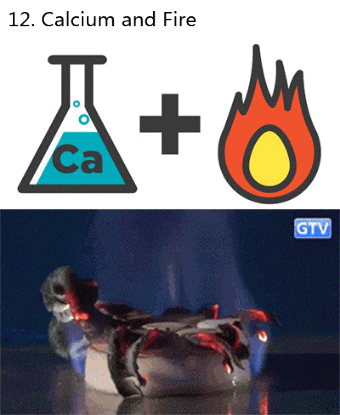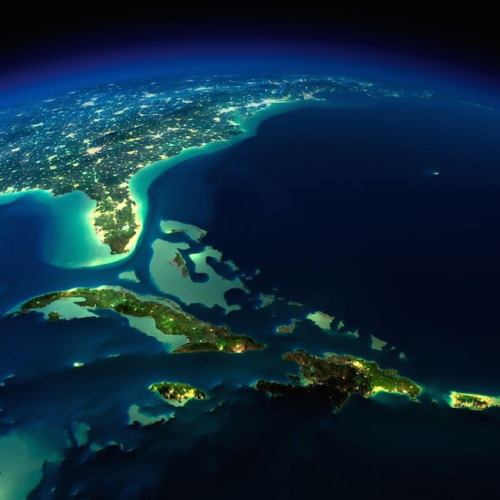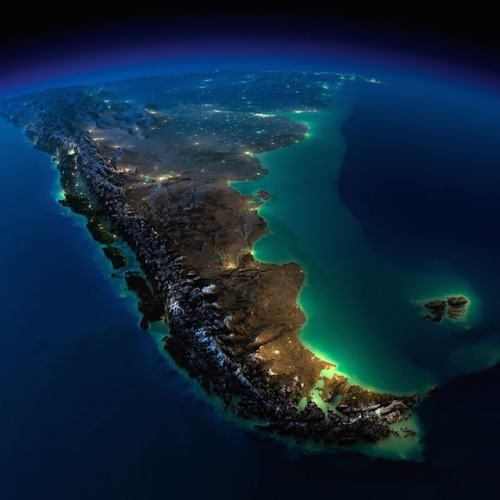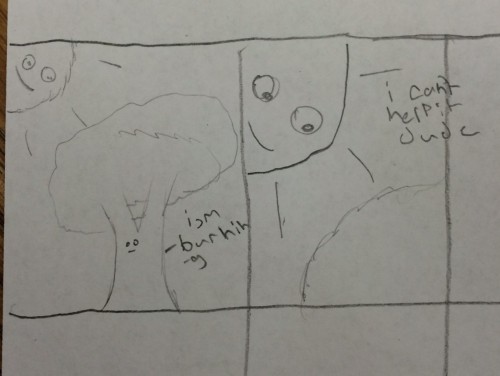The official page of Drunk Science! An enthusiastic host performs simple experiments and then humorously explains the science behind the result, all while visibly drunk.
126 posts
Latest Posts by drunkscience4u - Page 2

Chop a magnet in two, and it becomes two smaller magnets. Slice again to make four. But the smaller magnets get, the more unstable they become; their magnetic fields tend to flip polarity from one moment to the next. Now, however, physicists have managed to create a stable magnet from a single atom.
The team, who published their work in Nature on 8 March1, used their single-atom magnets to make an atomic hard drive. The rewritable device, made from 2 such magnets, is able to store just 2 bits of data, but scaled-up systems could increase hard-drive storage density by 1,000 times, says Fabian Natterer, a physicist at the Swiss Federal Institute of Technology (EPFL) in Lausanne, and author of the paper.
“It’s a landmark achievement,” says Sander Otte, a physicist at Delft University of Technology in the Netherlands. “Finally, magnetic stability has been demonstrated undeniably in a single atom.”
Continue Reading.
Please subscribe, like, comment, and donate! Next episode March 18. 2017. Starring: Candice Lola Directed by Rebecca Berger Produced by Rebecca Berger and Candice Lola Written by Candice Lola Editing, Color, Sound Design by Rebecca Berger Animation by Rachael K McDonald Links: Music: http://ift.tt/1JICaNj and http://ift.tt/2lquxdO http://ift.tt/2lINlQJ http://ift.tt/2lqtjzr http://ift.tt/2lIL08B http://ift.tt/2lqvuCQ (Donations are always welcome!) http://ift.tt/2lITyw7 http://ift.tt/2lqvQJO
Can you lick the science? An abbreviated list.
Genetics: Do not. Unless cheek swabs?
Chemistry: NO!!!!! DO NOT!!!!!!
Archaeology: Perhaps. But might be human bone.
Geology: Sometimes needed, sometimes dangerous
Psychology: Best not.
Physics: ????????? How??????
Zoology: In zoology, science licks you.










Ask Ethan: Does Dark Energy Mean We’re Losing Information About The Universe?
“The universe’s expansion means our visible horizon is retreating; things faraway are vanishing continuously. (Albeit slowly, right now.) This would seem to imply we are losing information about the universe. So why is it the idea of losing information in a black hole’s event horizon is so controversial, if we’re constantly losing information to another horizon?”
As you look to greater and greater distances, you’re looking back in time in the Universe. But thanks to dark energy, what we can see and access today isn’t always going to be accessible. As galaxies grow more distant with the accelerated expansion of the Universe, they eventually recede faster than the speed of light. At present, 97% of the galaxies in the Universe aren’t reachable by us, even at the speed of light. But that isn’t the same as losing information. As a galaxy crosses over the horizon, its information never disappears from the Universe connected to us entirely. Instead, it gets imprinted on the cosmic horizon, the same way that information falling into a black hole gets imprinted on its event horizon. But there’s a fundamental difference between a black hole’s decaying horizon to the cosmic horizon’s eternal persistence, and that makes all the difference.
Come learn why even with dark energy, we don’t lose information about the Universe, but why the black hole information paradox is real!






Happy TRAPPIST-1 Day!
Here’s a comic on our latest discovery!
http://www.space.com/35806-trappist-1-facts.html

SpaceX has plans to send two private citizens around the Moon, CEO Elon Musk announced today.
It will be a private mission with two paying customers, not NASA astronauts, who approached the company. The passengers are “very serious” about the trip and have already paid a “significant deposit,” according to Musk. The trip around the Moon would take approximately one week: it would skim the surface of the Moon, go further out into deep space, and loop back to Earth — approximately 300,000 to 400,000 miles.
The plan is to do the trip in the second quarter of 2018 on the Crew Dragon spacecraft with the Falcon Heavy rocket, which is due to do its maiden launch this summer. Of course, Musk is well-known for his unrealistic deadlines — in 2011, he promised to put people in space in just three years.
The two people going on the trip, who weren’t named, already know each other. They will begin initial training for the trip later this year. Musk declined to comment on the exact cost of the trip, but said it was “comparable” or a little more than the cost of a crewed mission to the International Space Station. For context, one ticket on the Russian Soyuz rocket costs NASA around $80 million.
Continue Reading.
Happy International Women’s Day!

Today we celebrate International Women’s Day, a day in which we honor and recognize the contributions of women…both on Earth and in space.

Since the beginning, women have been essential to the progression and success of America’s space program.

Throughout history, women have had to overcome struggles in the workplace. The victories for gender rights were not achieved easily or quickly, and our work is not done.

Today, we strive to make sure that our legacy of inclusion and excellence lives on.

We have a long-standing cultural commitment to excellence that is largely driven by data, including data about our people. And our data shows progress is driven by questioning our assumptions and cultural prejudices – by embracing and nurturing all talent we have available, regardless of gender, race or other protected status, to build a workforce as diverse as our mission. This is how we, as a nation, will take the next giant leap in exploration.

As a world leader in science, aeronautics, space exploration and technology, we have a diverse mission that demands talent from every corner of America, and every walk of life.

So, join us today, and every day, as we continue our legacy of inclusion and excellence.

Happy International Women’s Day!
Learn more about the inspiring woman at NASA here: https://women.nasa.gov/
When I post Slow Mo Guys videos, it often comes with a warning not to try this at home. For their latest video, that deserves an extra-special mention: seriously, don’t try this. In this video, Dan and Gav explode lithium-ion batteries. In the process, they discover a safety feature - namely vents on one face of the battery. Because runaway thermal reactions (a.k.a. explosions) are a possibility with this type of battery system, consumer-grade batteries are designed to try and prevent extreme damage. One of these outwardly visible safety features are these four vents that release gas when when the battery is too hot. By venting the gas, manufacturers keep the battery from exploding and sending hot chemicals and shrapnel in all directions. Instead the venting gas turns the entire battery into a miniature rocket. (Video and image credit: The Slow Mo Guys)

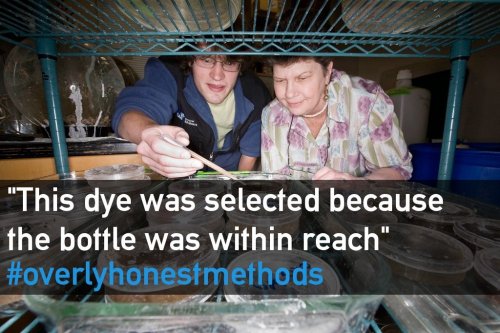
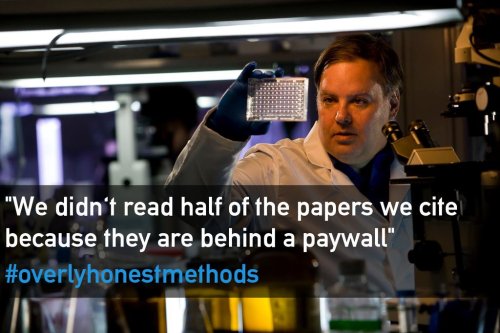
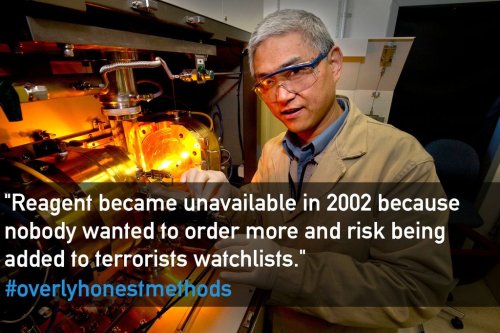
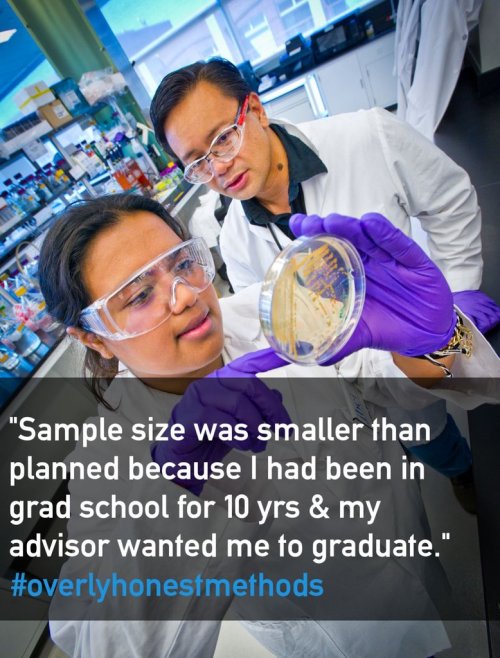
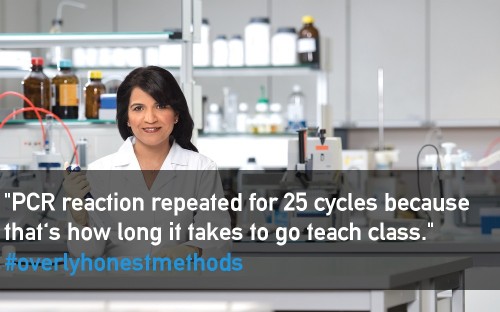


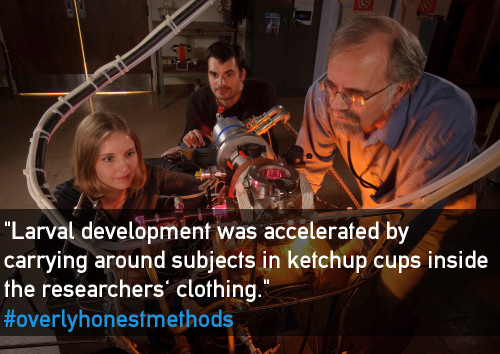
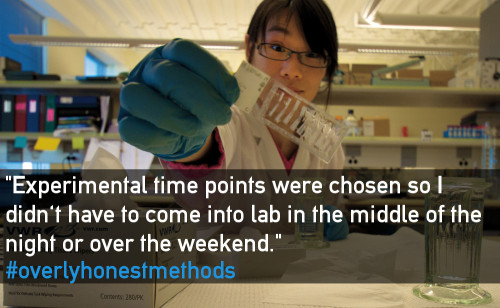
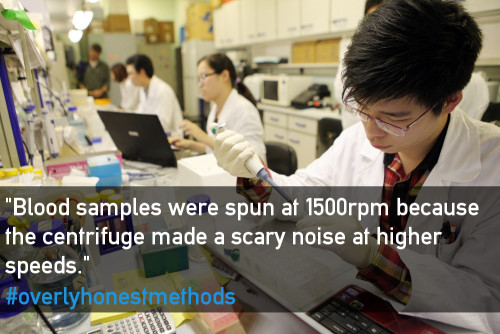
When scientists get too honest
> I would love to see more science posts on Tumblr. I particularly liked, “The postdoc who did all the work has since left to start a bakery.”
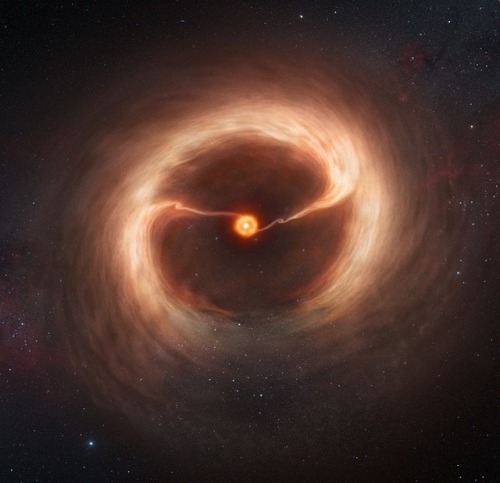
Disc of gas around HD 142527
This artist’s impression shows the disc of gas and cosmic dust around the young star HD 142527. Astronomers using the Atacama Large Millimeter/submillimeter Array (ALMA) telescope have seen vast streams of gas flowing across the gap in the disc. These are the first direct observations of these streams, which are expected to be created by giant planets guzzling gas as they grow, and which are a key stage in the birth of giant planets.
Credit: ESO / Atacama Large Millimeter/submillimeter Array

If you dropped a water balloon on a bed of nails, you’d expect it to burst spectacularly. And you’d be right – some of the time. Under the right conditions, though, you’d see what a high-speed camera caught in the animation above: a pancake-shaped bounce with nary a leak. Physically, this is a scaled-up version of what happens to a water droplet when it hits a superhydrophobic surface.
Water repellent superhydrophobic surfaces are covered in microscale roughness, much like a bed of tiny nails. When the balloon (or droplet) hits, it deforms into the gaps between posts. In the case of the water balloon, its rubbery exterior pulls back against that deformation. (For the droplet, the same effect is provided by surface tension.) That tension pulls the deformed parts of the balloon back up, causing the whole balloon to rebound off the nails in a pancake-like shape. For more, check out this video on the student balloon project or the original water droplet research. (Image credits: T. Hecksher et al., Y. Liu et al.; via The New York Times; submitted by Justin B.)


Dolly at 20
Twenty years ago today on February 22, 1997, Ian Wilmut, Keith Campbell and colleagues at the Roslin Institute, announced the existence of a 7 month old sheep named Dolly, the product of cloning. She was cloned using and adult cell and born on July, 5, 1996 and raised under the auspices of the UK Ministry of Agriculture and Scottish company PPL Therapeutics. A Dorset Finn sheep, Dolly lived for six and half years before she was euthanized due to illness. Dolly was created with a process called somatic cell nuclear transfer, in which a donor cell (in this case and adult cell from another sheep) has the nucleus removed that is then transfered into an unfertilized egg cell (an oocyte) which in turn has had its cell nucleus removed to make way for the donor nucleus. The host cell is then stimulated and implanted into a host sheep for gestation. Although other animals had been cloned before Dolly, Dolly is celebrated as the first ‘clone’ because her donor cell came from an adult cell.

The word clone entered English as a noun used in botany in 1903 from the Ancient Greek word klon (κλον) meaning a twig or spray, related to klados (κλαδος) meaning a sprout, young offshoot, branch. Botanists used the word to describe the results of the techique of grafting a shoot of one plant or tree onto another. The word clone (verb) wasn’t used until 1959, and it wasn’t until the 1970s that clone was used in connnection with animals and humans. Since Dolly, scientists have successfully cloned many other animals, including pigs, horses, goats, and deer.
Image of ‘v’ graft courtesy ghadjikyriacou, via flickr, used with permission under a Creative Commons 3.0 license.


A star created 1,800 years ago after the collision of two distant suns is set to appear in the night sky for the first time – as the light from the crash finally reaches the Earth.
Scientists predict that for six months in 2022, stargazers will be able to witness the birth of the new star, by fixing their telescopes near the Pisces and Cygnus constellations. Dubbed the Boom Star, it has taken nearly two millennia for its light to reach earth — where it will be able to be seen by the naked eye. Astronomers expect the collision to increase the brightness of the pair ten thousand fold, making it one of the brightest stars in the heaven for a time. The explosion, known as a Red Nova, will then dissipate and the star will remain visible in our skies as a single bright, but duller, dot.
Your not going to want to miss this appear in our sky as it’s a once in a lifetime event! Source
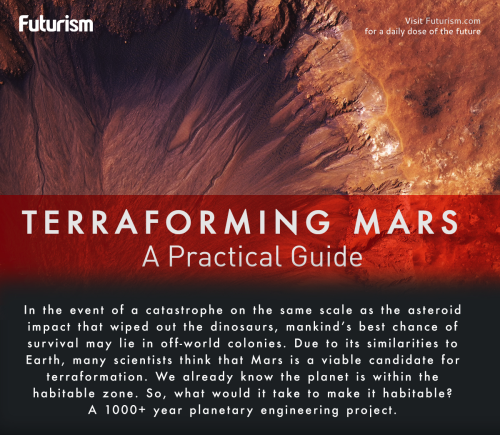
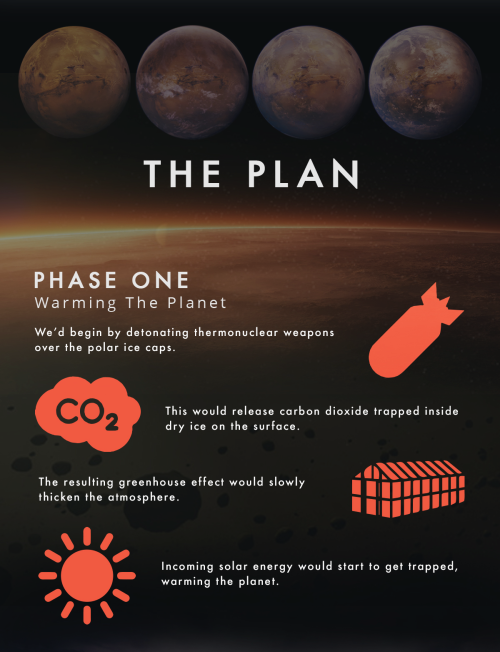

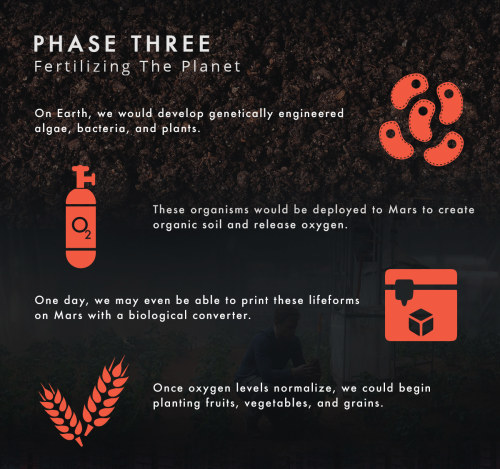
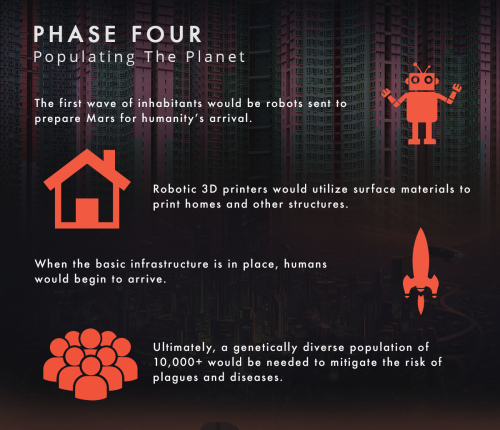
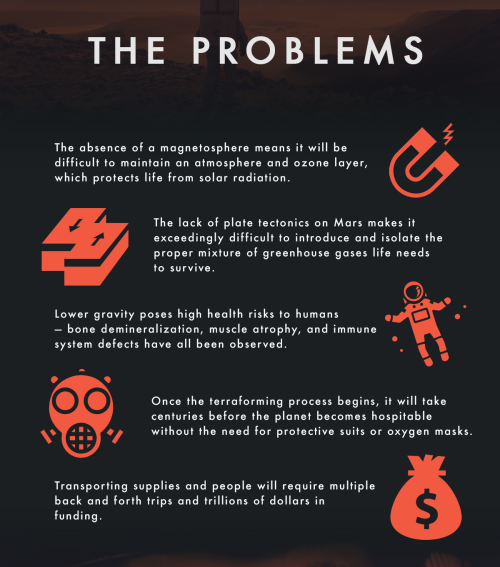
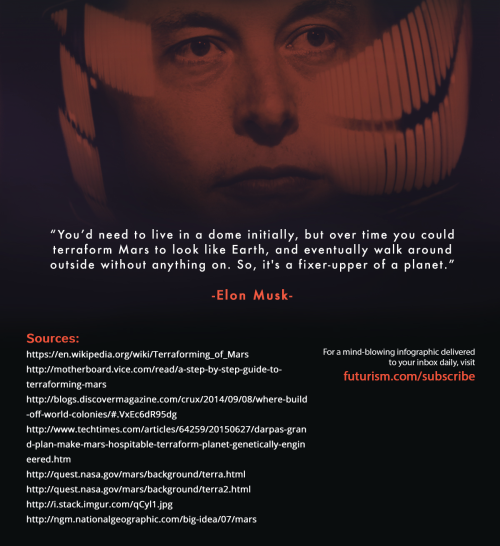
https://futurism.com/images/terraforming-mars-practical-guide
Please subscribe, like, comment, and donate! Next episode March 18. 2017. Stay tuned for Bloopers from this episode on March 11, 2017. Starring: Candice Lola Directed by Rebecca Berger Produced by Rebecca Berger and Candice Lola Written by Candice Lola Editing, Color, Sound Design by Rebecca Berger Animation by Rachael K McDonald Links: Music: http://ift.tt/1JICaNj and http://ift.tt/2lquxdO http://ift.tt/2lINlQJ http://ift.tt/2lqtjzr http://ift.tt/2lIL08B http://ift.tt/2lqvuCQ (Donations are always welcome!) http://ift.tt/2lITyw7 http://ift.tt/2lqvQJO

Drunk Science is HERE!!! Our first episode explains the mystery of slime. It also makes drunken attempts at humor and references super heroes. It's literally everything you could ever need. Click link in bio to watch! #drunkscience #stem #blerd #funny #science #drunk #labcoat #youtube #experiment http://ift.tt/2mQUVL1

Nasa is to host a major press conference on a “discovery beyond our solar system”.
The event will see the revelation of major information about exoplanets, or planets that orbit stars other than our sun, according to a release. It made no further mention of the details of what would be revealed.
Exoplanets are the major hope for life elsewhere in the universe, since many have been found that resemble our own Earth and could have the building blocks of life. More of them are being discovered all the time.
The event will take place on 22 February at 1pm New York time, it said. It will be streamed live on Nasa’s television station and on its website.
Attending the press conference will be astronomers and planetary scientists from across the world.
Nasa said that the public will be able to ask questions using the hashtag #AskNasa during the conference. The agency will also hold a Reddit AMA, or ask me anything, session straight after the briefing.
Six Things You Don’t Know About Snow

FACT #1: Snow covers 30 percent of land on Earth.

FACT #2: More than 1.2 billion people rely on melt from snowpack and glaciers.

FACT #3: Snowmelt is the main source of water for 60 million Americans.

FACT #4: Since 1967, 1 million square miles of spring snow cover has disappeared from the Northern Hemisphere – an area the size of the southwestern U.S.

FACT #5: 70 percent of water from the snow-fed San Joaquin River irrigates California’s Central Valley.

FACT #6: NASA’s Global Precipitation Measurement mission observes falling snow, even at the tops of hurricanes.

Measuring how much water is in a snowpack is not easy. Scientists are investigating the best combination of sensors for different terrains. More accurate snow measurements will help scientists and decision makers better understand our world’s water supply and better predict floods and droughts.

To follow scientists in the field studying snow, follow #SnowEx on Twitter and Facebook

Researchers at King’s College London found that the drug Tideglusib stimulates the stem cells contained in the pulp of teeth so that they generate new dentine – the mineralised material under the enamel.
Teeth already have the capability of regenerating dentine if the pulp inside the tooth becomes exposed through a trauma or infection, but can only naturally make a very thin layer, and not enough to fill the deep cavities caused by tooth decay.
But Tideglusib switches off an enzyme called GSK-3 which prevents dentine from carrying on forming.
Scientists showed it is possible to soak a small biodegradable sponge with the drug and insert it into a cavity, where it triggers the growth of dentine and repairs the damage within six weeks.
The tiny sponges are made out of collagen so they melt away over time, leaving only the repaired tooth.


